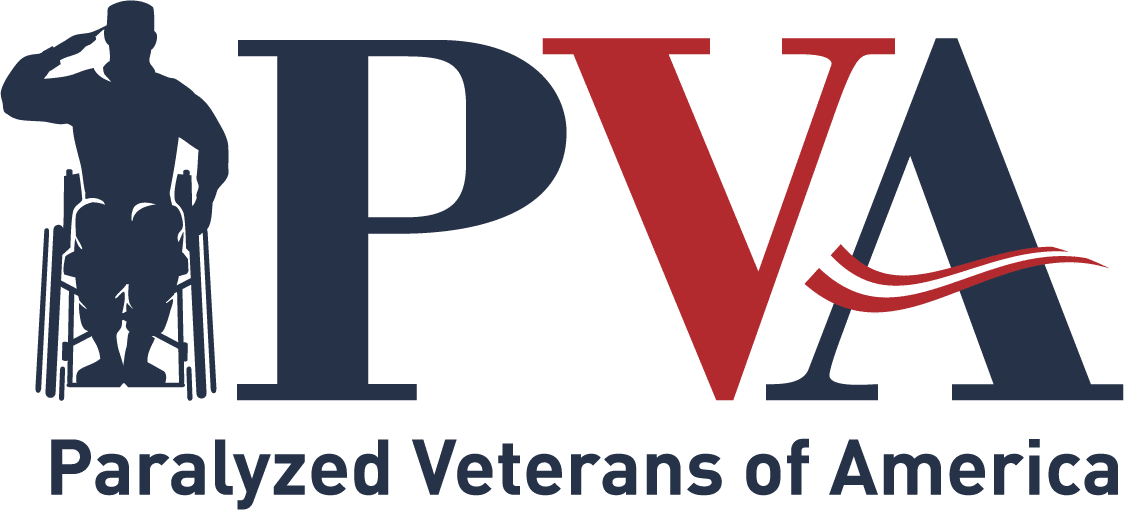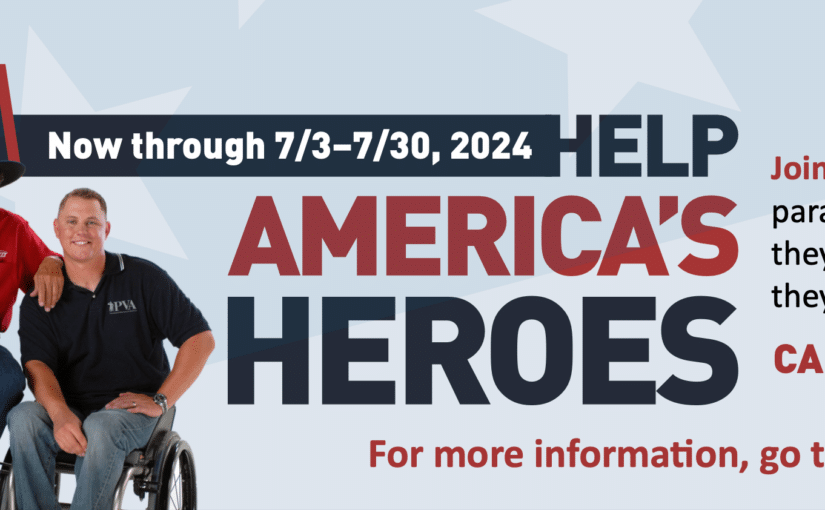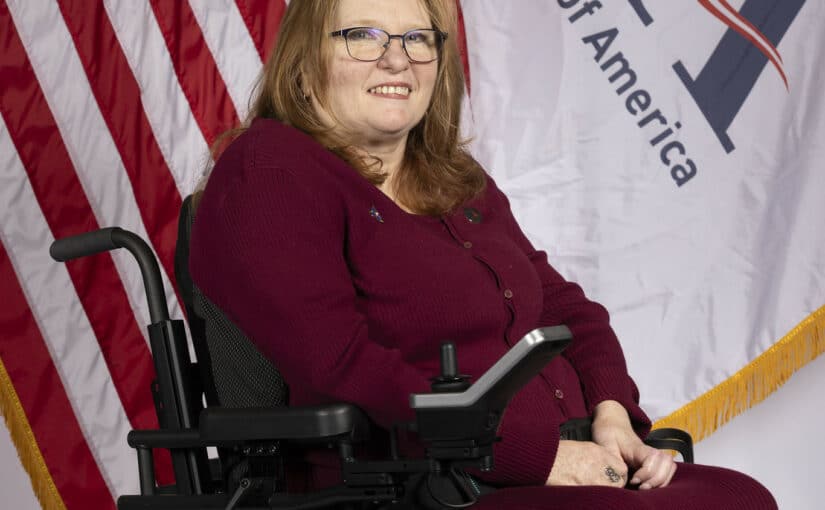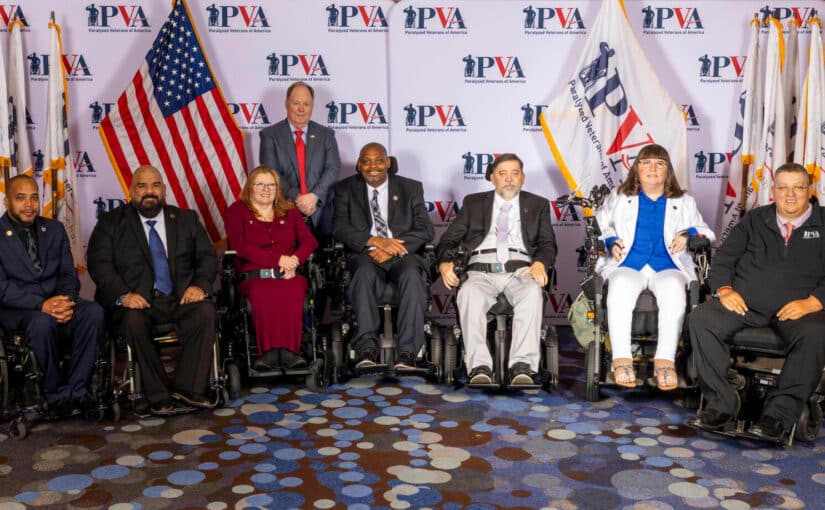Service Dogs Helping Disabled Veterans by Providing a Better Quality of Life
Post Date: January 1, 2018
Share This Article
Under the ADA, a service dog is defined as a dog that has been individually trained to do work or perform tasks for an individual with a disability. The task(s) performed by the dog must be directly related to the veteran’s disability.
Promotion of Functional Ability and Independence
- Assistance Dogs complete essential tasks so a person with a disability can return to the community, increase independence and improve their quality of life
- People can live alone and improve and maintain functional ability
- Dog provides help with Activities of Daily Living (ADL’s) such as shopping tasks, fine motor tasks. This leads to less wear and tear on the body
- Decrease the amount of family and hired caregiver hours required by providing concrete physical assistant
- Bringing peace of mind to loved ones of person with disability
- Increased sense of security. Retrieve phone or caregiver. Get help, pull cords
Psychosocial barriers reduced
- Promote improved social interactions
- Promote increased participation in community-based activities.
- A person with disability seems more approachable to others
- Allows the person with disabilities to gain confidence in community reintegration situations
- Decrease loneliness and depression, the dog becomes someone to interact with, a companion, part of the family. Creates a purpose.
- A calming effect; allows the person with disabilities to focus on another not themselves
- Care of the dog decreases stress and anxiety. It provides a sense of responsibility and a daily routine
Physical Barriers Reduced
- Provides physiologic benefits such as lowering blood pressure, cholesterol, triglycerides, and decreased heart rate
- Enhanced levels of dopamine and endorphins, decreased levels of stress hormone cortisol
- The physical warmth and compression of the dog laying on/near you reduces perceived pain levels
- Motivates to adopt long term behavior changes that lead to weight loss and positive health outcomes
- People with disabilities exercise more by taking dogs for a walk, fetch, and grooming activities.
*Information provided by Paws with a Cause: https://www.pawswithacause.org/
*For more information please visit K9 for Warriors, a nonprofit organization devoted to placing service dogs with disabled veterans: https://www.k9sforwarriors.org/




